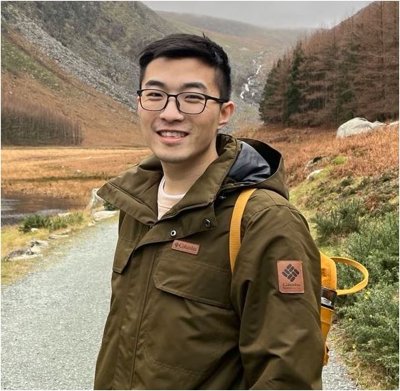Dynamics of chemotactic microswimmers: from individual motion to interactions
Yibo Chen is a PhD student in the department Physics of Fluids. Supervisors are prof.dr. D. Lohse and prof.dr. R. Verzicco from the faculty of Science & Technology.
 Chemotactic microswimmers exhibit unique autonomous movement, making them promising in a broad range of applications and attracting intense research. This thesis mainly focuses on the motion and interactions of two types of microswimmers, namely diffusiophoretic particles and active droplets.
Chemotactic microswimmers exhibit unique autonomous movement, making them promising in a broad range of applications and attracting intense research. This thesis mainly focuses on the motion and interactions of two types of microswimmers, namely diffusiophoretic particles and active droplets.
In Chapters 2 and 3, we investigate the instabilities driven by the diffusiophoretic or Marangoni effect. Through linear stability analysis, we show that when convection overtakes diffusion in mass transport, plumes are generated at the catalytic surface. With numerical simulations, similar phenomena occurs for a single diffusiophoretic particle, which leads to chaotic motion (Chapter 2), and a plasmonic bubble in ternary liquids (Chapter 3), where plumes are generated at bubble surface due to the Marangoni effect.
In Chapter 4, we explain the attractive motion between active droplets, considering the buoyancy effects arising from the density differences between the droplets, diffusing product, and solvent. By numerical simulations and a simplified analytical model, we illustrate that the buoyancy effect due to the diffusing product leads to convection around the droplet, leading to attraction with the neighboring droplets.
In Chapter 5, we investigated the chemotactic prey-predator system of diffusiophoretic particles. We extend the reciprocal theorem to provide a generic solution for the relative motion between the two diffusiophoretic particles. The theoretical results indicate the influence of chemical activity and particle sizes on different interaction regimes.
Overall, this thesis contributes to the understanding of the motion and interactions of chemotactic microswimmers, providing insights into the underlying mechanisms of their behavior and shedding light on their potential applications.





